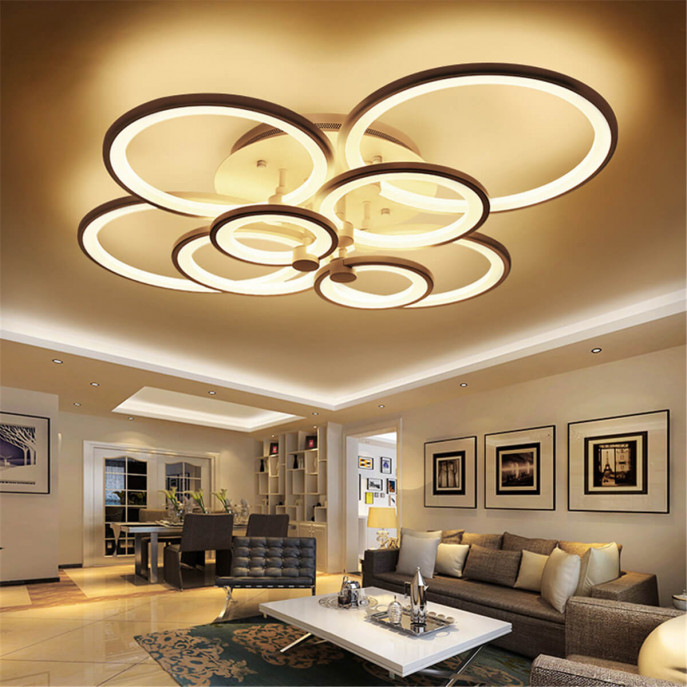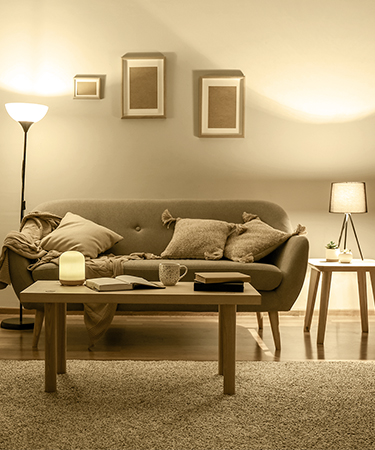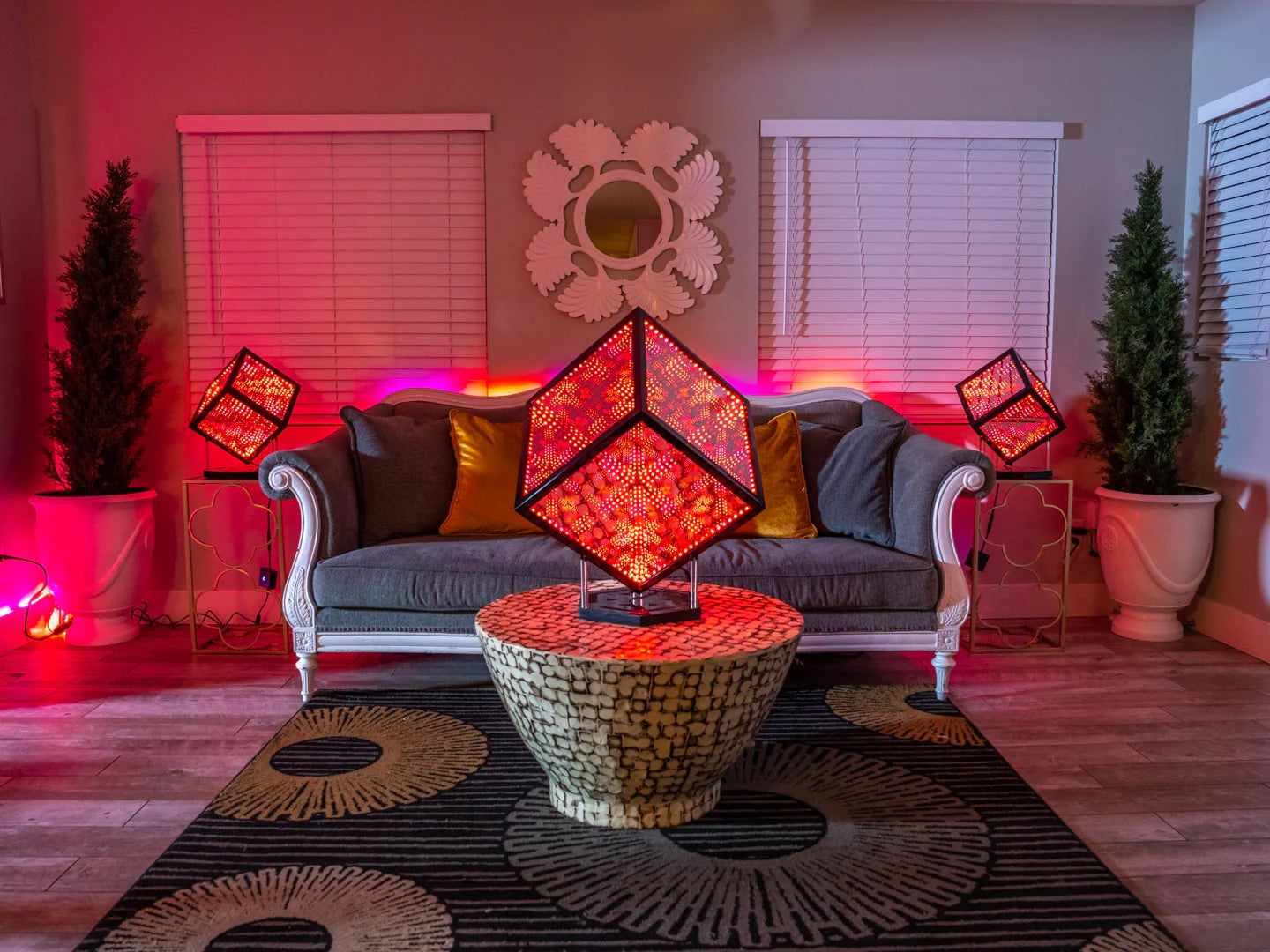Welcome to our comprehensive guide on home decor lighting! Lighting is an essential aspect of interior design, influencing not just the aesthetics but also the mood and functionality of a space. Whether you’re looking to create a cozy atmosphere, highlight architectural features, or improve task lighting, we’ve got you covered. In this article, we’ll delve into different types of lighting, styles, and tips, sharing personal experiences along the way. Let’s light up your home!
Understanding the Basics of Home Decor Lighting
Before we dive into the various types of home decor lighting, let’s clarify some fundamental concepts.
Types of Lighting in Home Decor
- Ambient Lighting: The primary source of light that fills a room.
- Task Lighting: Focused lighting for specific activities like reading or cooking.
- Accent Lighting: Highlights certain areas or objects, enhancing visual interest.
Why Lighting Matters
Good lighting can transform a dull space into an inviting haven. It can emphasize architectural details, create mood, and even make a room appear larger or more intimate.
Choosing the Right Lighting for Your Home
When selecting lighting for your home, consider the following factors:
1. Room Functionality
Identify what activities will take place in each room and choose lighting accordingly. For example, kitchens need bright task lighting, while bedrooms benefit from softer, ambient lighting.
2. Style and Aesthetics
Your lighting fixtures should complement the overall decor style of your home. Whether you lean towards modern, rustic, or traditional styles, there’s a lighting option to match.

3. Color Temperature
The color temperature of light can significantly affect the ambiance of a room. Warmer tones (2700K-3000K) create a cozy feel, while cooler tones (4000K-5000K) offer a more energizing atmosphere.
Color Temperature Comparison Table
| Color Temperature (Kelvin) | Description | Best Used In |
|---|---|---|
| 2700K-3000K | Warm White | Living rooms, bedrooms |
| 3500K-4100K | Neutral White | Dining areas, offices |
| 5000K-6500K | Cool White/Daylight | Bathrooms, kitchens |

Popular Home Decor Lighting Styles
1. Modern Lighting
Characterized by sleek lines and minimalist designs, modern lighting fixtures are perfect for contemporary homes.
Pros and Cons of Modern Lighting
- Pros: Stylish, versatile, often energy-efficient.
- Cons: Can be expensive, may not fit traditional decor.

2. Rustic Lighting
Rustic lighting brings warmth and charm, often featuring natural materials like wood and metal.
Pros and Cons of Rustic Lighting
- Pros: Cozy feel, unique designs.
- Cons: May clash with modern decor.
3. Industrial Lighting
Featuring raw materials and a rugged appeal, industrial lighting is ideal for lofts and urban settings.

Pros and Cons of Industrial Lighting
- Pros: Trendy, complements other industrial elements.
- Cons: Can feel cold or sterile.
How to Layer Lighting in Your Home
Layering your lighting involves combining ambient, task, and accent lighting to create a balanced and inviting atmosphere.

Steps to Layer Lighting Effectively
- Start with ambient lighting for overall illumination.
- Add task lighting in work areas.
- Incorporate accent lighting to highlight decor.
Personal Experience: My Home Lighting Transformation
A few years ago, I decided to tackle the lighting in my living room. It felt dark and uninviting, despite having beautiful decor. After researching, I installed a combination of recessed lights for ambient lighting, stylish table lamps for task lighting, and wall sconces to accentuate artwork. The transformation was phenomenal! My space became cozier and more functional, proving the power of layered lighting.

Smart Lighting Options
In today’s technology-driven world, smart lighting offers convenience and customization like never before. You can control brightness and color from your smartphone or voice-activated devices.
Benefits of Smart Lighting
- Remote control via smartphone.
- Energy savings with LED options.
- Customization to suit your mood and activities.

Popular Smart Lighting Brands
| Brand | Key Features | Price Range |
|---|---|---|
| Philips Hue | Wide color range, app control | $15 – $200 |
| LIFX | No hub required, rich colors | $20 – $300 |
| Wyze | Affordable, easy setup | $10 – $50 |
Maintaining Your Home Lighting
To ensure your home lighting remains effective and beautiful, regular maintenance is crucial.
Tips for Maintenance
- Regularly dust and clean fixtures.
- Replace burnt-out bulbs promptly.
- Consider professional help for hard-to-reach fixtures.
Frequently Asked Questions (FAQs)
What type of lighting is best for small spaces?
For small spaces, ambient lighting combined with mirrors can help create the illusion of a larger area. Opt for wall-mounted fixtures to save space.
How do I choose the right chandelier for my dining room?
Consider the size of your dining table and the height of your ceiling. Generally, a chandelier should hang 30-36 inches above the table.
Are LED lights better than incandescent lights?
Yes! LED lights are more energy-efficient, have a longer lifespan, and can save you money on electricity bills in the long run.
Can I use smart bulbs in standard fixtures?
Absolutely! Smart bulbs fit into standard light sockets, making them compatible with most existing fixtures.
How can I make my home feel cozier with lighting?
Use warm-toned bulbs, incorporate dimmers to adjust brightness, and add table or floor lamps for soft lighting in living areas.
Conclusion
Lighting is one of the most impactful elements in home decor. Understanding the different types, choosing the right fixtures, and knowing how to layer your lighting can dramatically improve your space’s appearance and functionality. Remember, the right lighting can make all the difference in creating a warm, inviting home. Happy decorating!